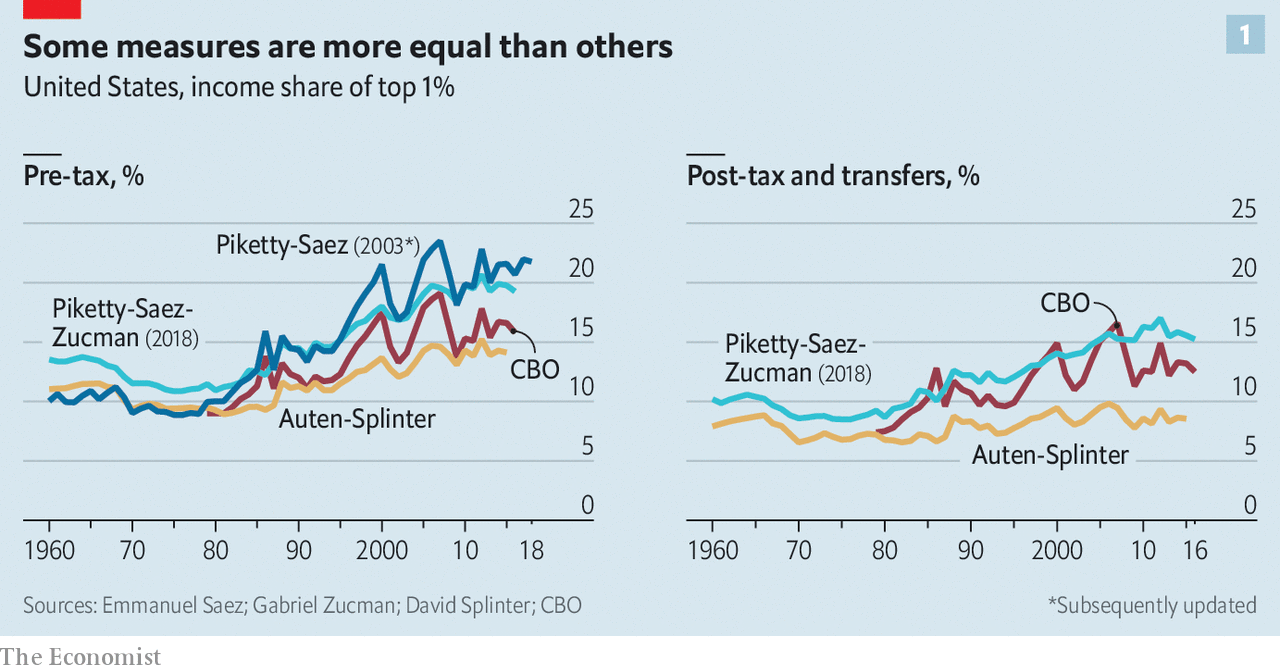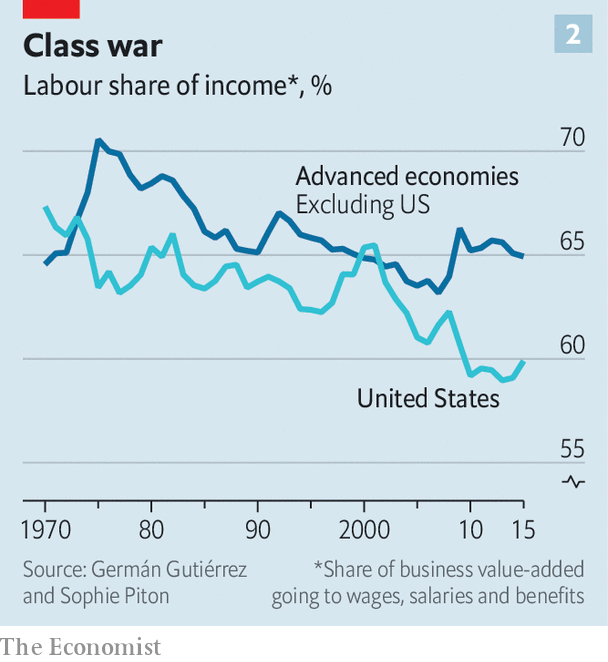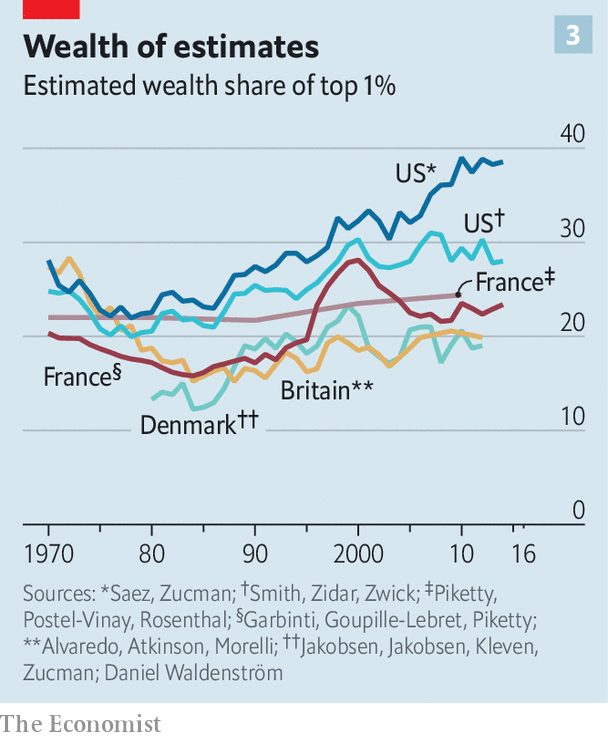Source: How “Money Printing” Works, and how to Spot Inflation, by Lyn Alden
The crux of this article is that quantitative easing on its own, and quantitative easing combined with massive fiscal deficits, are two very different situations to consider when it comes to analyzing the possibilities between inflation and deflation, and what constitutes “money printing”.
Base money vs. broad money supply
Bank lending, bank reserves, and QE (quantitative easing)
Deflationary forces
QE alone, where the Fed buys existing assets mostly from banks, is simply anti-deflationary, to recapitalize a banking system and fill it up with excess reserves. It’s not outright inflationary because it doesn’t directly increase the broad money supply. If the Fed buys existing assets from non-banks, it only increases broad money a bit, around the margins.
Meanwhile, large fiscal deficits funded by QE (the central banks monetizing deficit spending by buying any of the excess Treasuries over the real demand for them), actually is pro-inflationary, because it gets money directly into the economy, into the broad money supply, and can be done with no limit except for inflation that it would eventually cause when done to excess.



